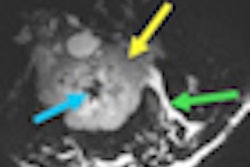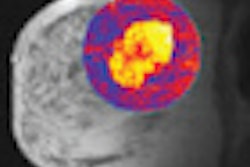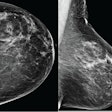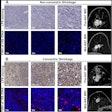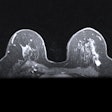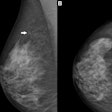A new study published in Cancer has linked the decline in hormone replacement therapy (HRT) use in women ages 50 to 64 to a drop in mammography screening rates.
The research suggests that the decline in mammography screening occurred because women were no longer seeing their physicians for HRT prescriptions -- as a result, physicians lost that opportunity to remind women to get mammograms.
A research team led by Nancy Breen, PhD, of the U.S. National Cancer Institute wanted to examine why mammography rates dropped in 2005 for the first time since 1987, when researchers first started tracking them. Corresponding to the drop-off was a dramatic decline in HRT use between 2000 and 2005 after clinical studies were published linking HRT use with breast cancer.
Breen and the other researchers used data from the National Health Interview Survey (NHIS), the largest population-based national sample on mammography use. The study included 7,125 women who were interviewed in 2000 and 7,387 women who were interviewed in 2005, all of whom were ages 50 years or older.
The researchers found that the drop in the use of HRT helped explain the slight drop in mammography that took place between 2000 and 2005 for women 50 to 64 years, but there was no connection for women ages 65 and older. Other factors that influenced whether a woman underwent a mammogram included education level, health insurance coverage, and last physician visit.
The study confirms the importance of a doctor's recommendation in determining whether women get mammograms, and that changes in circumstances can lead to changes in mammography use, the researchers concluded.





